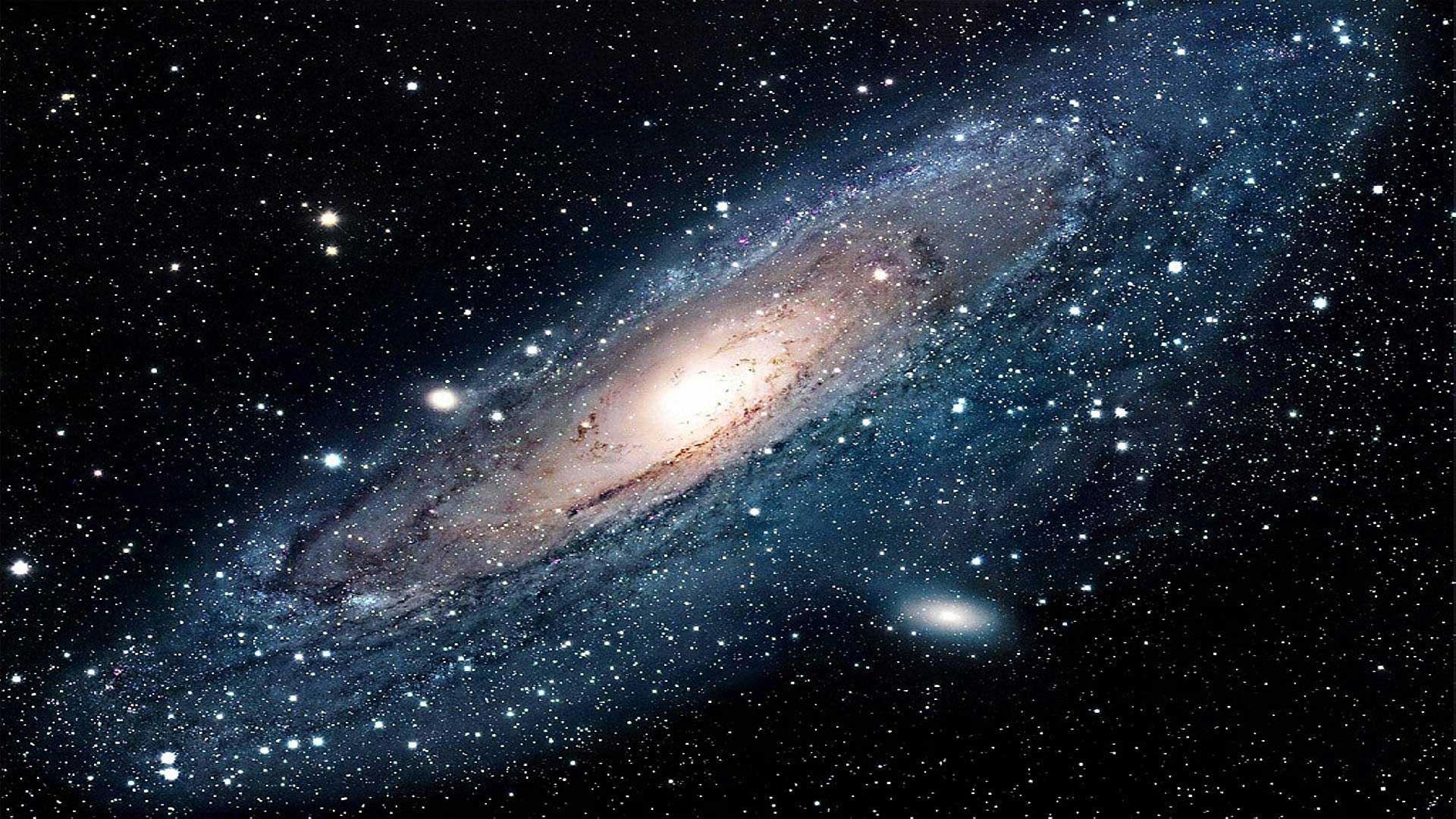Castor
Castor is actually a group of three binary pairs, totaling six stars. Collectively the system has five planets. Each pair of stars is named Castor A, Castor B, or Castor C.
Castor A
Castor A is a white star, and it's companion is a red dwarf, that are in a very close orbit. At a mean distance of 45 AU is a gas giant with an irregular orbit. It's orbit is affected by the other pairs of stars, and causes it's orbit to vary so that it goes up to 90 au from Castor A. The planet has over 30 moons, and a ring of ice, and debris around it. One of the moons has a research station owned by Canoptech which is studying the gravitational anomalies in the area.Castor B
Castor B has a primary star that's a large yellow-white star with a close orbiting red dwarf in the system. They are orbited by two planets. First is a rocky planet (Castor Bc) at about 9 au. The orbit is also affected by Castor A and makes the surface very unstable. Despite the unstable surface, and near constant volcanic activity, a thin atmosphere with about 10% oxygen has formed. Much more of the atmosphere is sulfur, and other volcanic gasses, making it unsuitable for human life. Though some signs of life appear near the central areas of the larger plates. A space station owned by University of Cambridge orbits the planet studying the way the surface plates are affected by the gravitational shifts. Further out, at a mean distance of 62 AU is an ice planet which is spinning off-axis due to the strange gravitational anomalies in the area. Castor Bd has a strange companion, loosely referred to as a "moon". When the planet it's closer to Castor A, the companion is pulled very far from the planet, and when it gets 25% of the way through it's orbit from there, the moon almost crashes into the planet before returning to a semi-stable orbit. Castor A and B orbit around each other at varying distances, between 71 and 138 AU, with a median distance of 104 AU, roughly the orbit of Pluto from Sol.Castor C
Orbiting Castor A, and B is the last binary pair of stars. Twin red dwarfs orbiting at 1,100 AU from the center of the orbit of the other 4 stars. A small rocky planet orbits this pair at a distance of 1.4 au, and does have some water, though there is not enough oxygen to support life.Castor ABa
The fifth planet in the system, dubbed Castor ABa, or Castor Prime, is a rocky planet orbiting the stars in Castor A and B. It's 30% larger than earth, and is barely in a strange habitable zone in the system. It does have water, as well as an oxygen/nitrogen atmosphere. However, the atmosphere is a bit thicker than earth, it is breatheable. Similar to the atmosphere of Canopus-4, though not quite as thick. Canopans have dubbed the planet Castralla.Localized Phenomena
The strange dancing of the 6 stars in this system has some unusual gravitational fields in the area, which causes some unusual navigational anomalies. Because of this, the local Navigation Beacons orbits the outermost star in the system, Castor C. Travel at sublight to Castralla can take several days depending on the orbits.
Type
Star System
Included Locations



Comments